Struggling to find the right insulated bottles for your brand? A wrong choice can hurt your reputation. Let's break down what to look for to make a smart, profitable decision.
Choosing the best bottle means matching specifications to your business goals. Focus on the stainless steel grade (like 18/8), true double-wall insulation, and finding a reliable manufacturing partner who understands your needs, rather than just chasing a famous consumer brand name.
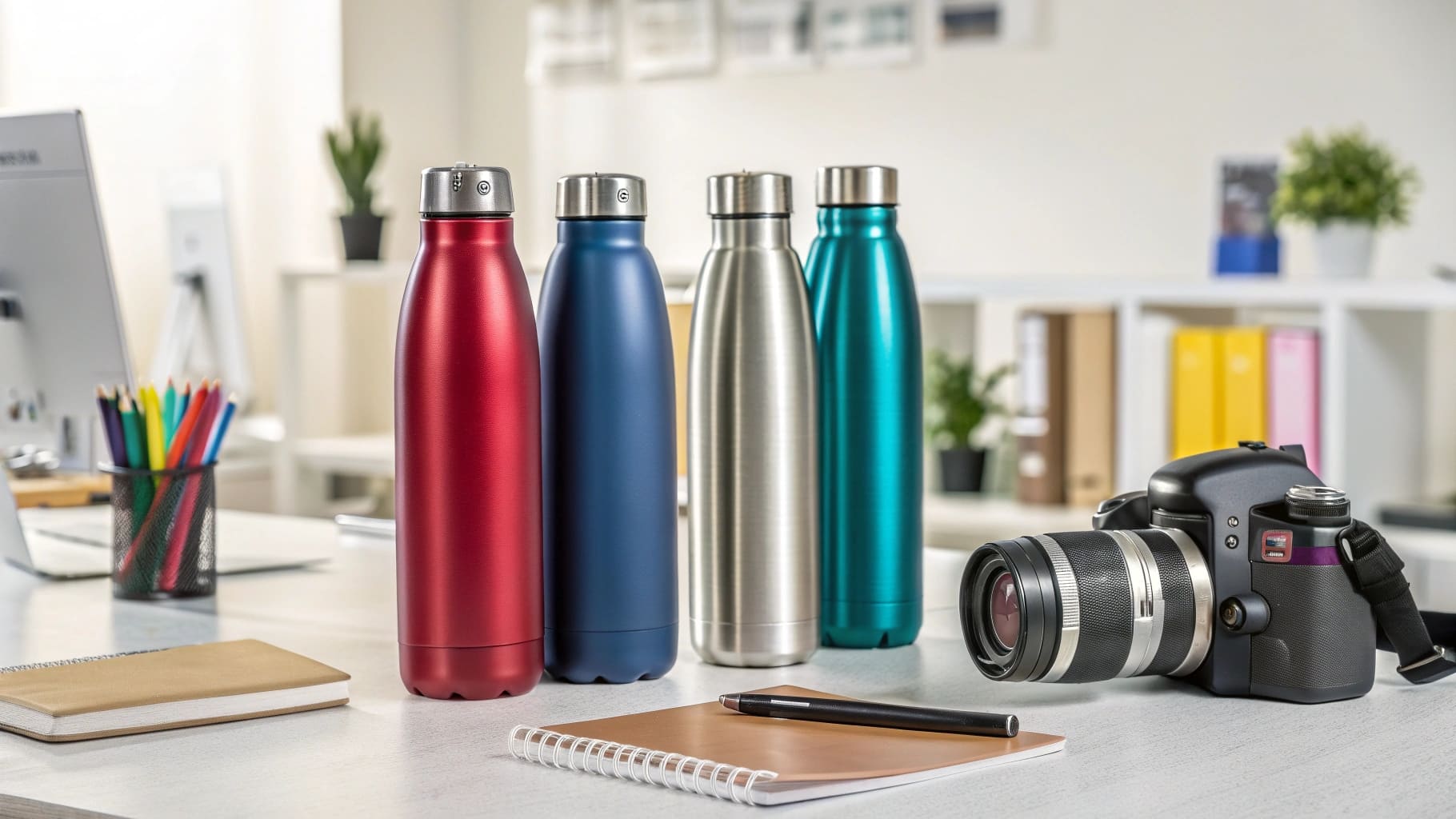
It's a question I get all the time from business owners, including a client of mine, Mark from Canada. He was looking for a supplier for his new drinkware brand. He wanted to understand what really makes a bottle "the best" from a business perspective, not just a consumer one. The details matter because they impact your bottom line and your brand's future. So, let's dive into the questions that truly matter when you're sourcing products for your own brand.
What Company Has the Best Insulated Bottles?
Looking for the "best" company to source from feels overwhelming. You see big names and wonder who to trust. The best company isn't a brand; it's a partner who meets your specific needs.
The best company for your business is a manufacturer that provides consistent quality, reliable communication, and certifications you can trust. It’s not about finding a famous brand but a dependable B2B partner who helps you build your brand. Look for experience, transparency, and good reviews.
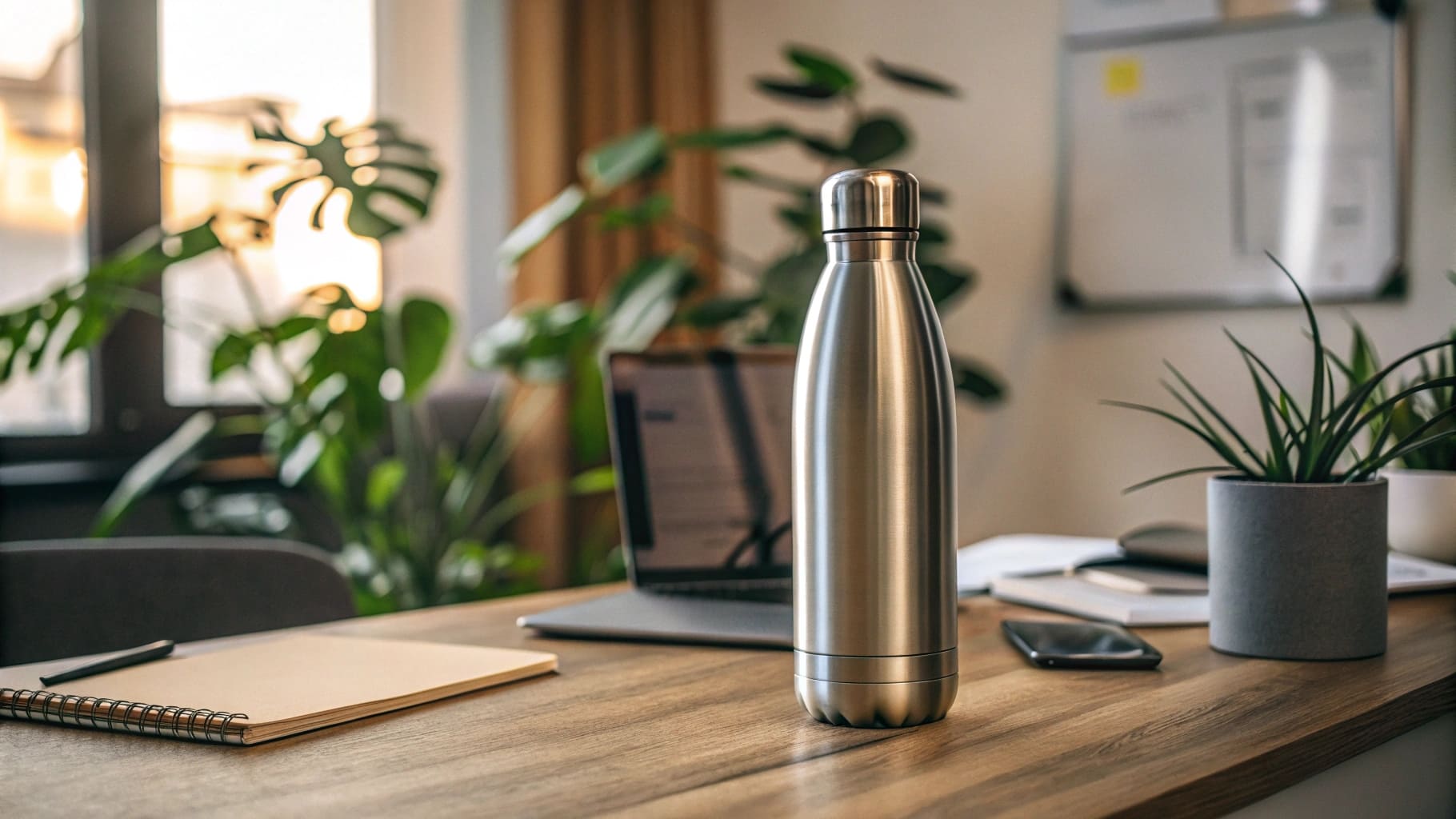
When new clients approach me, this is often their first question. They see the success of consumer brands and think that's the goal. But for a B2B buyer, your needs are completely different. You aren't just buying one bottle; you are building a supply chain. A famous consumer brand is focused on selling to individual customers. An ideal B2B partner is focused on helping your business succeed. I always tell my clients to shift their perspective from finding a brand to finding a partner.
What Defines a "Best" B2B Supplier?
A great partner cares about your success. They understand that if your products sell well, you will order more. Their goals are aligned with yours. This partnership is built on several key pillars that are very different from what makes a consumer brand popular.
Key Supplier Evaluation Criteria
Here is how I break it down for clients like Mark.
| Criteria | Famous Consumer Brand | Ideal B2B Partner (Your Goal) |
|---|---|---|
| Main Focus | Building their own brand image and selling to individuals. | Manufacturing quality products for your brand. |
| Customization | Very limited. You get their logo, their colors. | High. Your logo, your colors, your specifications. |
| Communication | Customer service for individual issues. | Direct line with a dedicated sales rep for your business needs. |
| Goal | To sell you one bottle. | To build a long-term relationship and grow with you. |
What is the Best Grade of Stainless Steel for Water Bottles?
Confused by steel grades like 304 or 316? Choosing the wrong one can lead to rust and unhappy customers. Let’s clarify the main types so you can pick the perfect material.
For most water bottles, 18/8 food-grade stainless steel, also known as 304, is the best choice. It offers excellent rust resistance and safety. For maximum corrosion protection, especially for acidic drinks or marine environments, 316 stainless steel is a premium, more durable option.
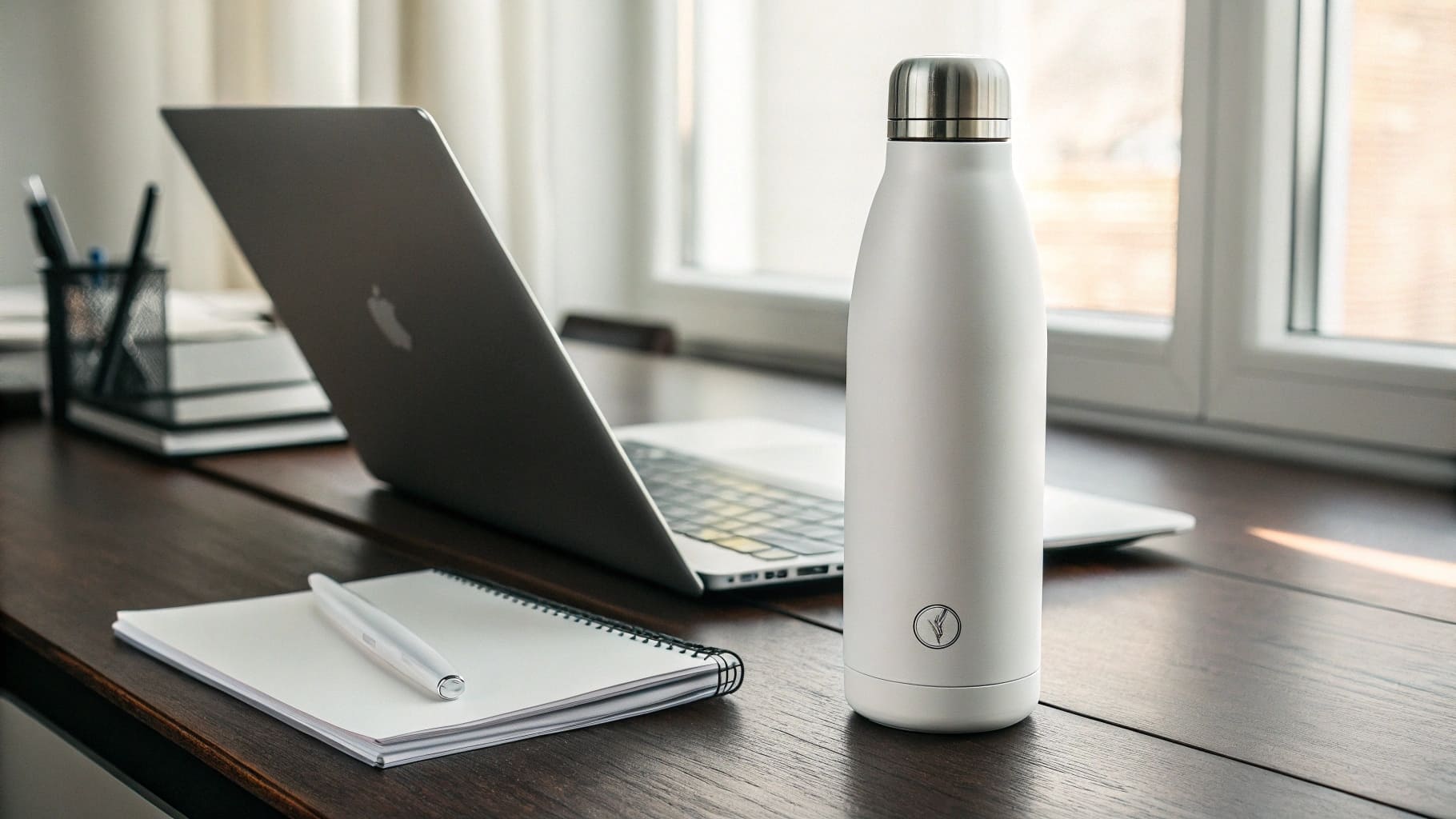
The material is the foundation of your product. I've seen some buyers try to cut costs by using cheaper, lower-grade steel, and it always ends badly. The bottles start to rust, or customers complain about a metallic taste. This is why understanding the difference between the main grades is so important. It’s a technical detail, but it has a huge impact on the final product quality and your brand's reputation.
Understanding the Numbers: 304 vs. 316
These numbers are not just jargon. They refer to the composition of the steel, which determines its performance. "18/8" or 304-grade steel means it contains 18% chromium and 8% nickel. The chromium provides rust resistance, and the nickel enhances it. 316 steel adds molybdenum, which takes corrosion resistance to the next level.
Quick Comparison: 304 vs. 316 Steel
For most businesses, 304 is the perfect balance of performance and cost. But if your brand targets a niche market that needs superior durability, 316 is a great selling point.
| Feature | 304 Stainless Steel | 316 Stainless Steel |
|---|---|---|
| Common Name | 18/8 Food-Grade Steel | Marine-Grade Steel |
| Best For | General use, water, coffee, most beverages. | Acidic drinks, salty environments, medical use. |
| Corrosion Resistance | Excellent | Superior |
| Cost | Standard | Higher (Premium) |
Why Are Stanley Water Bottles So Popular?
You see Stanley cups everywhere. It feels impossible to understand their massive success or how your brand could compete. Their popularity is a mix of history, performance, and smart marketing you can learn from.
Stanley's popularity comes from a strong brand story (over 100 years old), proven durability, and viral social media marketing. They successfully blended a rugged, heritage image with modern trends, creating a product that is both a tool and a status symbol.
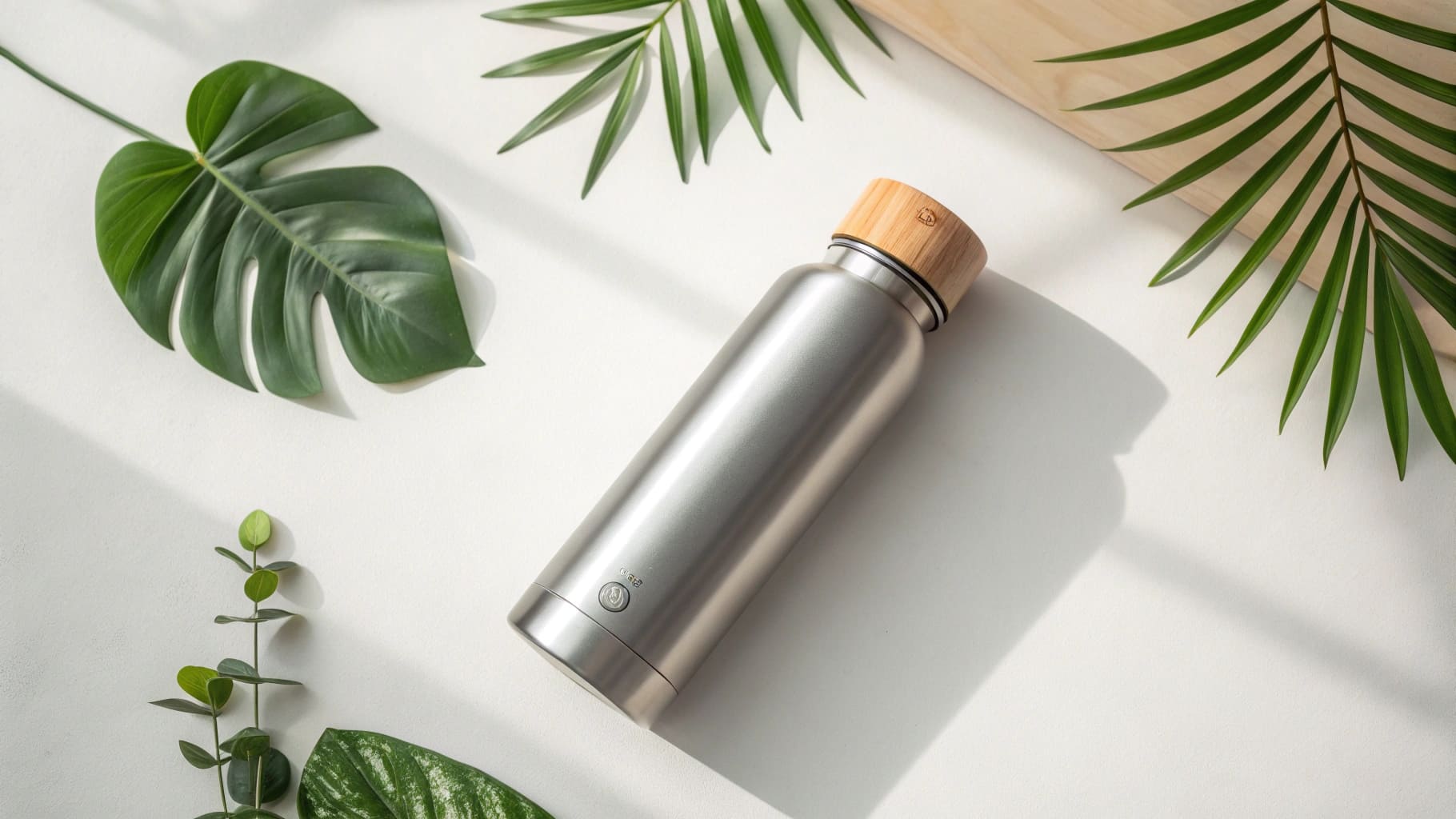
Many business owners I work with feel discouraged when they see a brand like Stanley dominate the market. But I tell them to look at it as a case study, not as a roadblock. You don't need a 100-year history to be successful. You can learn from their strategy and apply it to your own brand, even on a smaller scale. Their success proves that customers are willing to pay for quality drinkware with a good story.
The Stanley Success Formula
Their success rests on a few key pillars that any brand can learn from. It is not just about having a good bottle.
Lesson 1: Build a Strong Brand Story
Stanley leans on its century-old heritage of toughness. You can build your brand story around your values. Are you eco-friendly? Focused on minimalist design? For adventurous people? Your story connects with customers on an emotional level.
Lesson 2: Don't Underestimate Marketing
Stanley's recent explosion in popularity was driven by influencers on TikTok and Instagram. This created a sense of community and desire. You can work with smaller influencers in your niche to build authentic buzz for your brand.
Lesson 3: Quality is the Foundation
None of the marketing hype would work if the product was bad. The stories of Stanley cups surviving car fires are powerful because they highlight real durability. This is why my first conversation with any client is always about quality. Your product's performance must support the story you tell.
How Do You Know if a Bottle is Insulated?
Worried about paying for insulation you're not getting? Some suppliers might cut corners, leaving you with a bad product. There are simple tests to verify true double-wall vacuum insulation.
A true insulated bottle has double-wall vacuum construction. An easy test: fill it with hot water. The outside of the bottle should remain cool to the touch. If it gets warm, it lacks proper vacuum insulation and won't perform well.
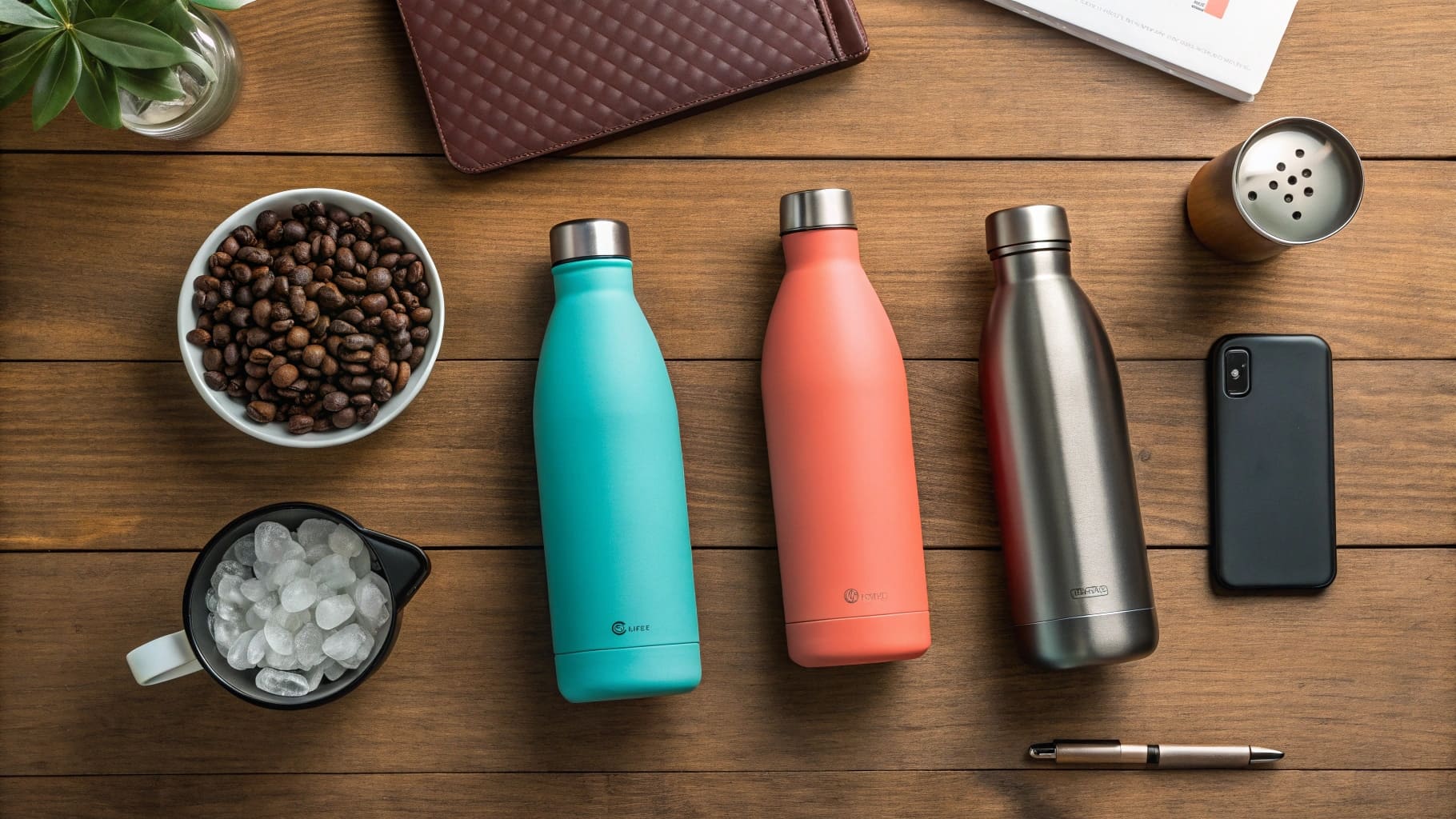
This is a major pain point for buyers like Mark. Certificate fraud is real, and some suppliers will claim a bottle is vacuum insulated when it's just a simple double wall with air inside. This is a crucial detail to check. A bottle that fails this test will not keep drinks hot or cold, and it will lead to customer complaints. I always encourage my clients to test samples themselves.
The Science of Insulation
The concept is simple. Heat travels through air. A vacuum-insulated bottle has two walls of stainless steel with the air removed from the space between them. This vacuum acts as a barrier, preventing heat from escaping or entering. This is what allows a bottle to keep coffee hot for 12 hours or water cold for 24 hours. A bottle without a vacuum is just a metal container.
Simple Tests for B2B Buyers
You don't need a lab to check for proper insulation. Here are two easy tests you can do with any sample you receive.
- The Hot Water Test: This is the best and quickest method. Carefully fill the bottle with hot water. Let it sit for a minute. Touch the outside of the bottle. It should feel close to room temperature. If you feel any significant warmth, the vacuum seal is broken or was never there.
- The Shake Test: Sometimes, you can hear a small rattling sound inside if a piece of welding slag is loose between the walls. While not a definitive test for insulation, it can be an indicator of poor manufacturing quality.
Always test your samples. It protects your investment and ensures you are selling a product that lives up to its promises.
How Long Do Insulated Bottles Last?
Investing in a product line is a big decision. You need to know the bottles you sell will last. Let's look at the factors that determine a bottle's lifespan, so you know what to promise customers.
A high-quality stainless steel insulated bottle can last for many years, even a decade or more. Its lifespan depends on the quality of the steel and the vacuum seal. The bottle itself rarely fails; physical damage is the most common issue.
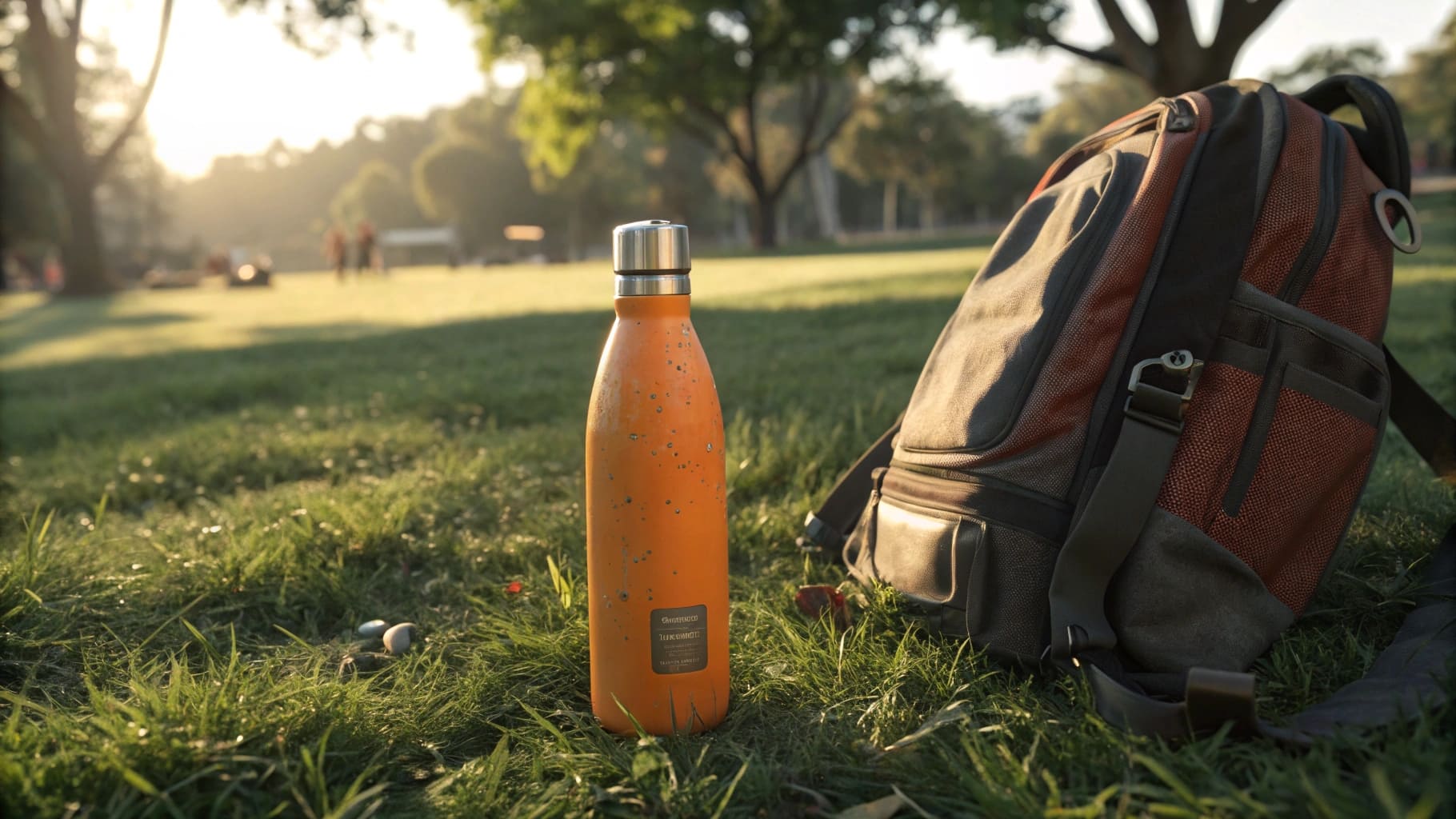
Customers expect a stainless steel bottle to be a long-term purchase. Your brand's reputation depends on meeting that expectation. The great news is that a well-made bottle is incredibly durable. The stainless steel body itself is very tough. However, the bottle system has a few potential points of failure that you should be aware of as a business owner. This helps you answer customer questions and decide if you want to offer replacement parts, which can be a great service.
Factors Affecting Bottle Lifespan
The product's life is usually ended by accidents, not by the material wearing out. Understanding these potential issues helps you source better products and provide better customer support.
Common Points of Failure
Here are the main components to consider and what can go wrong.
| Component | Potential Issue | How to Check / What to Ask Your Supplier |
|---|---|---|
| Bottle Body / Vacuum Seal | A significant drop can dent the outer wall against the inner wall, breaking the vacuum seal. This permanently ruins the insulation. | The bottle is now just a steel container. You can confirm this with the "Hot Water Test." |
| Lid / Gasket | Silicone gaskets can get lost, wear out, or degrade over time, causing leaks. Plastic lids can crack if dropped hard. | Ask your supplier if they can provide replacement gaskets or lids. This is a huge value-add for your customers. |
| Exterior Finish | Powder coating or paint can chip or scratch from rough use. This is usually cosmetic and doesn't affect performance. | Ask your supplier about the quality and durability of their powder coating process. A thicker, well-applied coat lasts longer. |
Conclusion
Choosing the right bottle is about finding a great supplier and understanding key quality points like steel grade and true insulation, not just chasing famous consumer brand names for your business.

